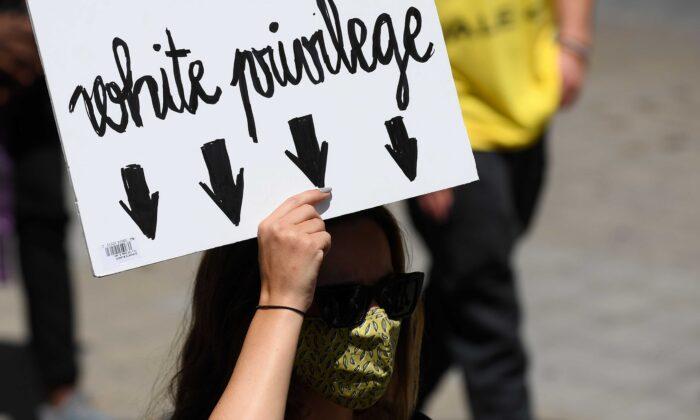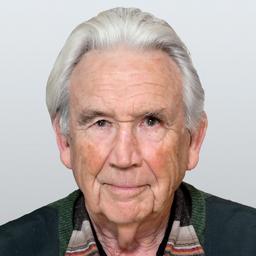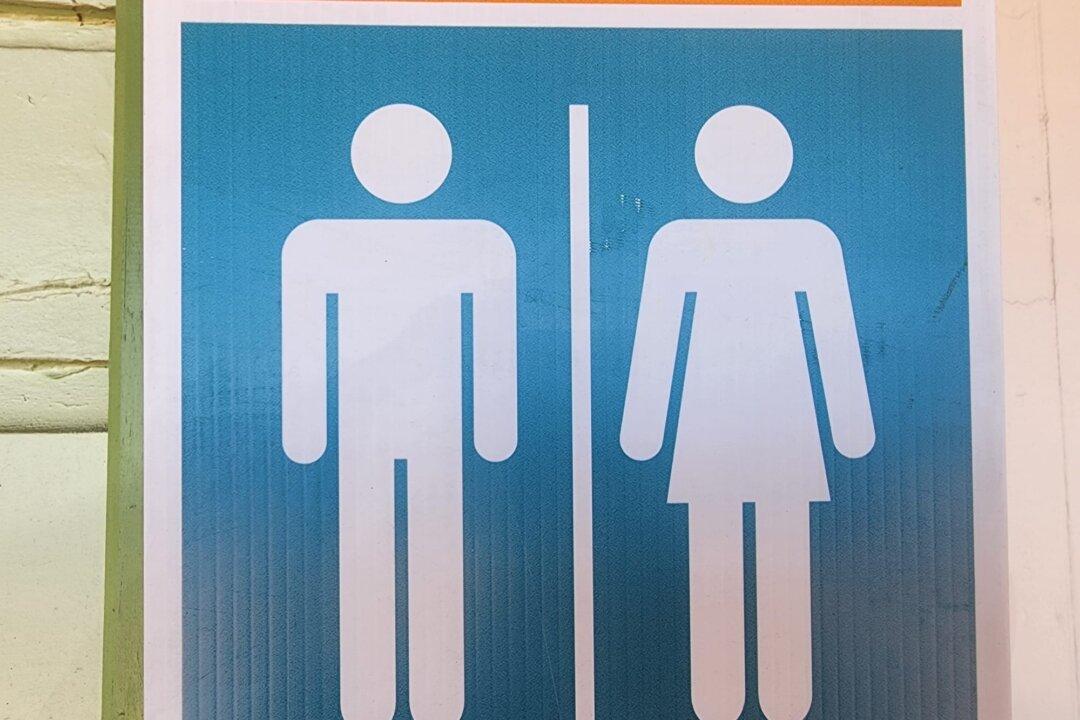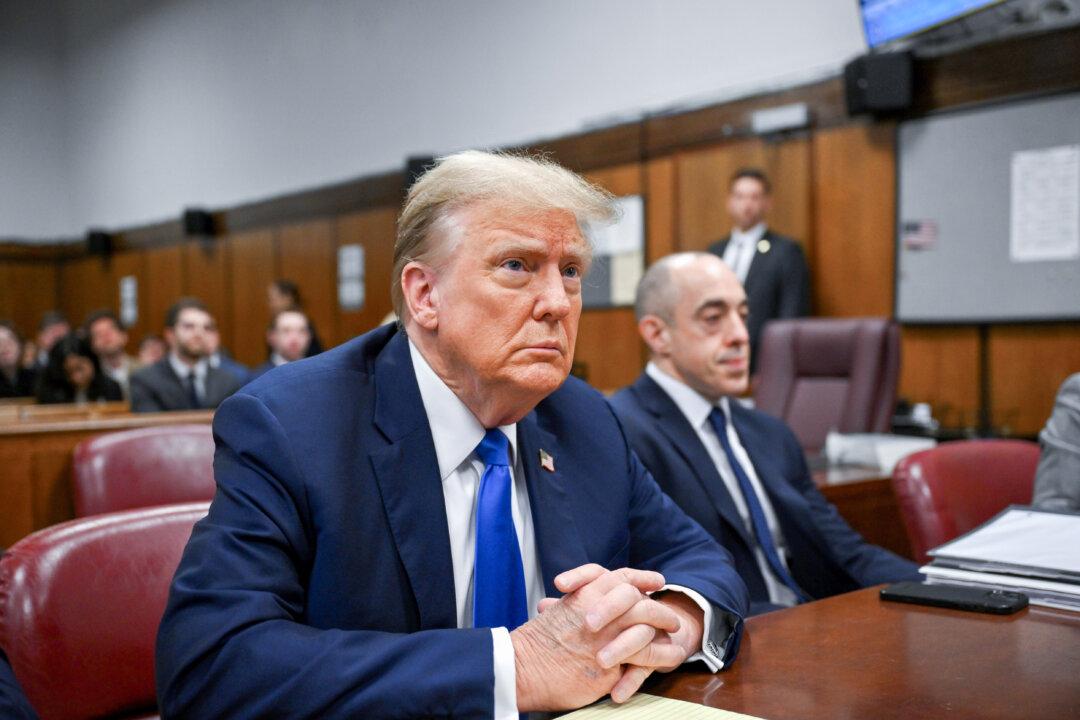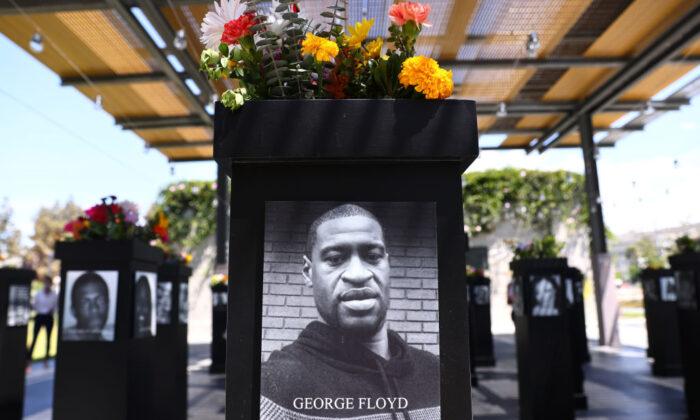There are some things we should all be able to agree upon when considering a curriculum for schools.
First, we’d surely want it to be based on ideas and facts that are solid and settled, not the disputed theories of a fringe sect. Second, it shouldn’t be politically partisan, because nobody should want children to be pawns in political battles. And third, we’d want it not to stir up animosity—especially racial animosity—setting different groups of children against each other.
Yet the program that the federal education department wants to promote and the model ethnic studies curriculum that California’s state board of education has just approved violate all three of these simple principles.
The essential core of CRT is the idea that whites are uniquely the villains of our history. CRT has a long list of things that they are collectively (and, therefore, also individually) guilty of: empire-building, colonialism, genocide, white supremacy, oppression, systems of power, discrimination, marginalization, exploitation, exclusion, xenophobia, bigotry, racism, anti-blackness, and anti-indigeneity. People of color, on the other hand, struggle for equity and justice.
But one simple fact makes nonsense of all this: It’s that the way that all people (of whatever color) regard and treat each other has changed profoundly over time. Just a few hundred years ago, virtually everyone thought and identified tribally. By modern standards, they were all racist. They identified with their own group and placed its interests above those of other groups. Before there were railways and automobiles, travel was so limited that different ethnic groups had far less contact with each other than they do now.
Not surprisingly, they didn’t have much sympathy for people they knew little about.
CRT wants you to believe that only people of European descent ever thought and acted tribally, which is absurd. All the peoples that it portrays as innocent victims once had empires too. The forebears of American Hispanics had the Mayan, Incan, and Aztec empires. African tribes behaved imperially too—the Zulu Empire of Shaka is a notable example. In World War II, Japan was attempting to create a large empire. The Ottoman Empire was huge and aggressive. Genocide happened all too frequently in the past. Only a half-century ago in Africa, the Hausa massacred Igbo tribesmen. Native American tribes often warred to the death. Turks massacred Armenians. And the list goes on.
The flaw at the base of the entire CRT narrative is that it only holds one group accountable for its part in the tribal past: people of European descent. It pretends that no other group ever behaved tribally or put its own advantage first. But what history actually tells us about racism is not, as CRT would have it, that white is bad and color good, but instead, that earlier centuries were bad and the 21st much better. This more realistic understanding of history would defuse racial tensions instead of whipping them up.
Holding people to account for the sins of their ancestors is foolish in any case, but CRT compounds the foolishness by its cherry-picking. If all present-day people must answer for the sins of their same-race forbears, we’ll have to indict almost everyone for imperialism, and for slavery too, since all those empires held slaves. Will we have to hold modern African-Americans accountable for cannibalism? Or Hispanics for human sacrifice by the Aztecs?
But there’s yet another huge problem in CRT’s attempt to make whites alone the villains of history. The idea that all human beings share a common humanity that transcends tribe or race began to supplant tribalism just a few hundred years ago. Where did that idea come from? It was part of the European Enlightenment, and it has been spreading slowly across the globe since then. It’s almost comic that CRT “appropriates” (to use its own language) the value system of the European Enlightenment to attack the group that spawned those values.
Do white children deserve any credit for this innovation of their ancestors? Of course not. It makes as little sense to praise children for their ancestors’ achievements as it does to shame them for those ancestors’ misdeeds.
Let’s not teach our children that people of European descent lagged behind everyone else in turning away from tribalism, when we know that’s not so. And let’s stop listening to people who tell us we’ve made no progress in race relations. CRT wants you not to notice that ours is now a multiracial society where people of different races are firm friends, valued colleagues, in-laws, and admired public figures. It’s a spiteful, ignorant theory.
